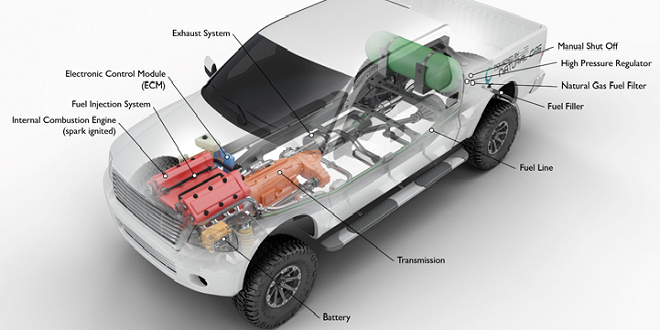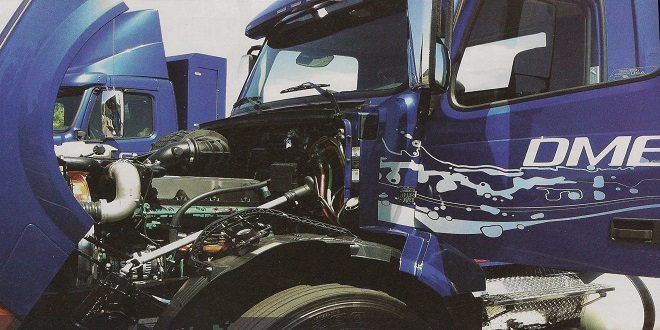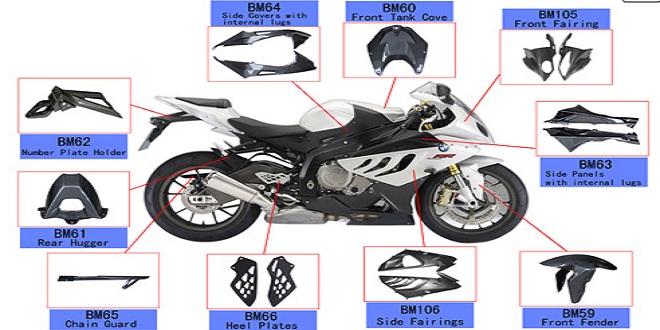Automobile Combustion Gasoline Overview

Only deals with gasoline 4-stroke internal combustion engines, it is only logical that some information is included on the fuel that powers these engines. Gasoline is widely used today as the predominant fuel in the United States for automobile engines.
It is rather interesting to note that in the United States, more than 50 percent of the gasoline used annually is consumed on short trips according to Richard Stone. This is most likely due to the fact that many of the short trips do not involve freeways but rather stop-and-go traffic.
As such, the fuel consumption associated with gasoline engines is increases with the number of short trips taken by Americans annually. Much of this information was referenced from books by Arcoumanis [10] and Ferguson [11].
Properties of Gasoline
At each gas station pump, the octane rating of the gasoline blend is displayed. The octane rating is simply a relative scale on which the fuel’s resistance to knock is 99 determined. Note that knock associated with pre-ignition was discussed in the Turbocharging chapter of this book. For this discussion, it will be assumed the reader has already studied that particular.
A Depth Look into Octane Ratings
The octane rating is developed on a scale that ranges from 0 to 100. The 0 value is associated with the knock resistance of heptane and the 100 value is associated with iso-octane. The low knock resistance of n-heptane and the high resistance of iso-octane make them appropriate fuels to set the scaling of octane ratings.
It is important to note that some fuels have an octane rating greater than 100. For instance, some leaded racing fuels have octane ratings above 120. These fuels are used in applications where combustion pressure is very high and the engine is highly prone to knock. Applications such as these include high-boost superchargers and turbocharged engines, and engines that make the use of large amounts of nitrous oxide.
Note that an octane rating of 80 indicates a fuel that is equivalent to a mixture of 20 percent n-heptane and 80 percent iso-octane. Another way of quantifying the resistance to knock is the motor octane rating of gasoline.
The motor octane involves a fairly strenuous test and usually carries with it more significance than the octane rating found at the pump at a gas station, especially in performance applications where the test conditions are very severe. Compared to the research octane number (the octane number shown at the pump), the motor octane number has harsher test conditions.
While both tests involve a variable compression ratio engine, the motor octane test involves conditions at high temperatures (the incoming mixture temperature is about 300 degrees farenheit), higher engine speeds (about 300 rpm higher), increased spark advance (from 14-26 degrees for motor octane, compared to 13 degrees for the research test).
Case Study: The Effect of Fuel Octane on a Nitrous Oxide Assisted GM LS1 Engine
One specific instance where a very high octane fuel was used is in the author’s 2002 Pontiac Trans Am street/drag car. This particular car involves an untouched, stock short block (stock crankshaft, connecting rods, cast pistons, and rings) with a high-performance camshaft and a set of ported and milled cylinder heads which bump the static compression ratio to around.
The engine relies on a rather radical and somewhat unconventional nitrous oxide system that utilizes its own low-pressure fuel source to increase the tuning parameters available. The nitrous oxide system raises power output at the rear wheels from 390 hp to 653 hp. The cast pistons in the engine are prone to failure from detonation, so a close watch is kept on the amount of knock produced during the intervals in which the nitrous system is activated.
Last word
When a fuel with an octane rating of 100 was utilized in both the nitrous stand-alone fuel system and the car’s engine fuel system, some knock was detected in the form of timing retard controlled by the engine’s management system.
Since the total timing at the wide-open throttle was only set at 19 degrees, it was determined that in order to keep power levels at their current levels it would be necessary to find a fuel more suitable to the engine parameters and characteristics.




